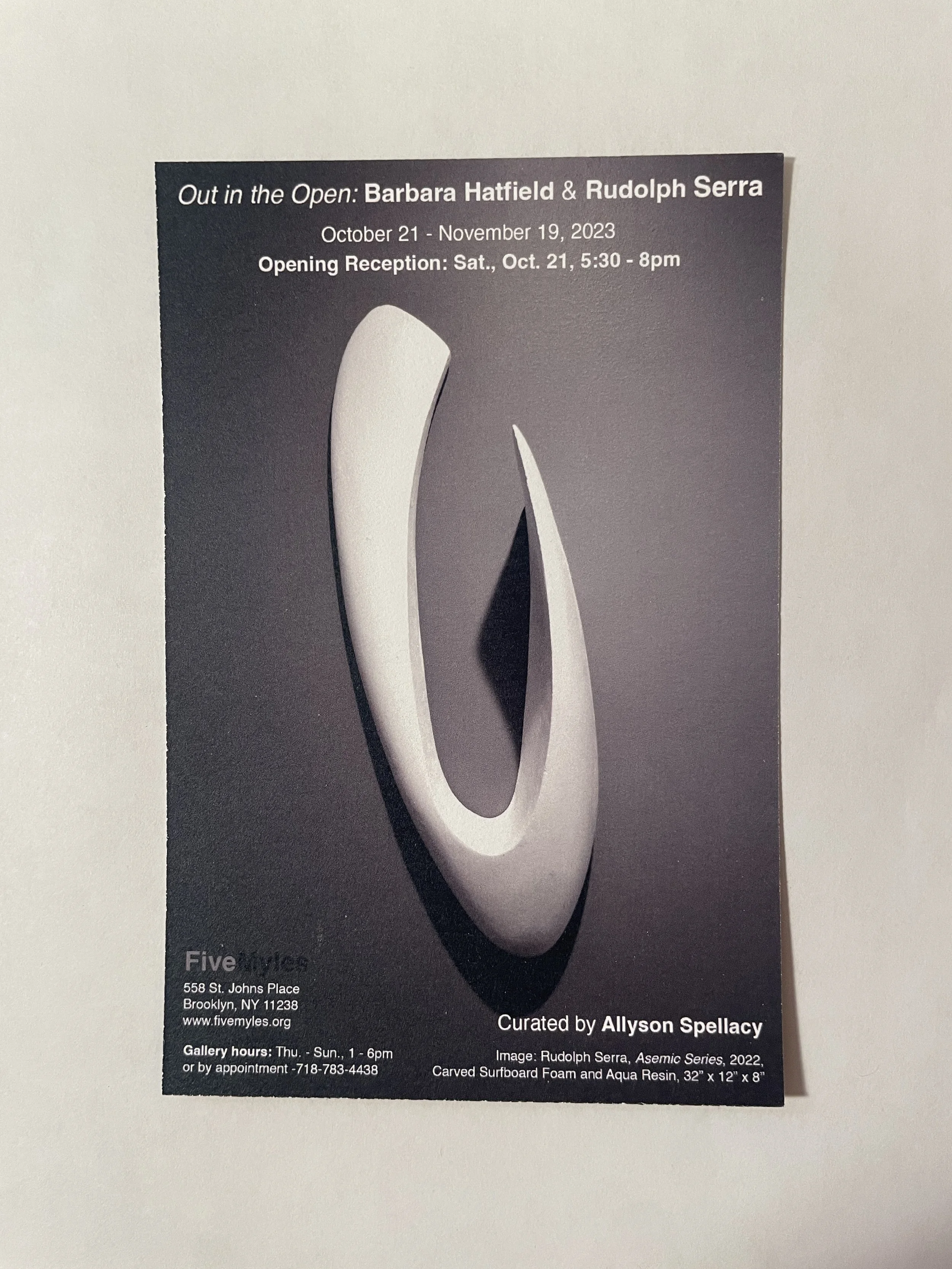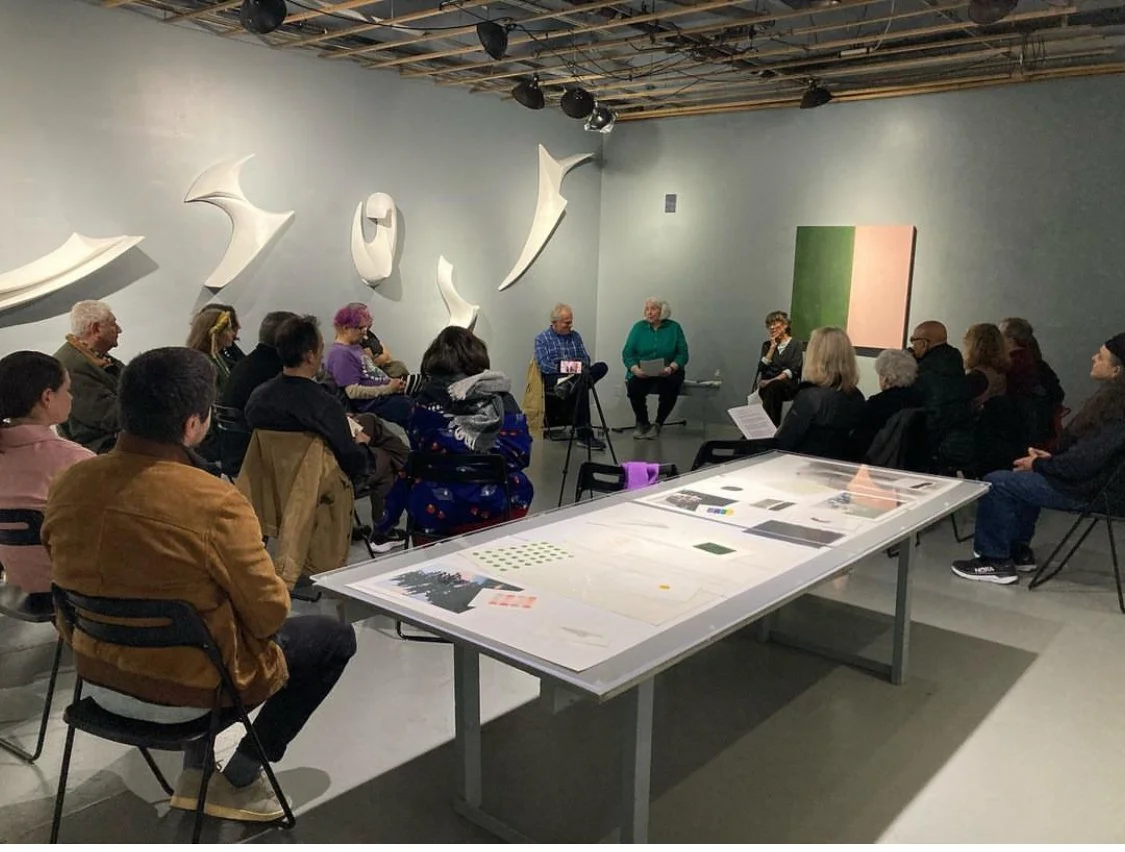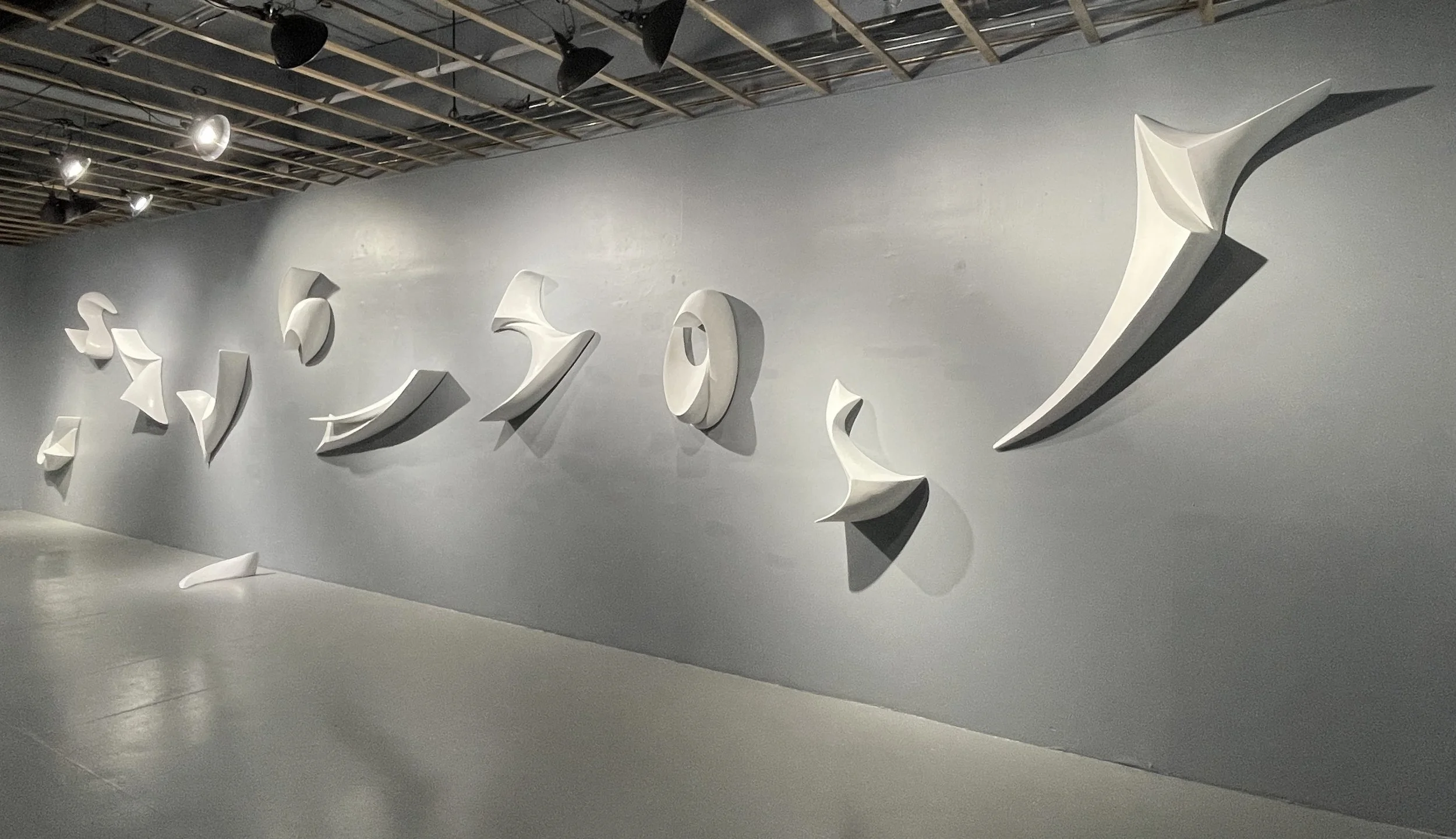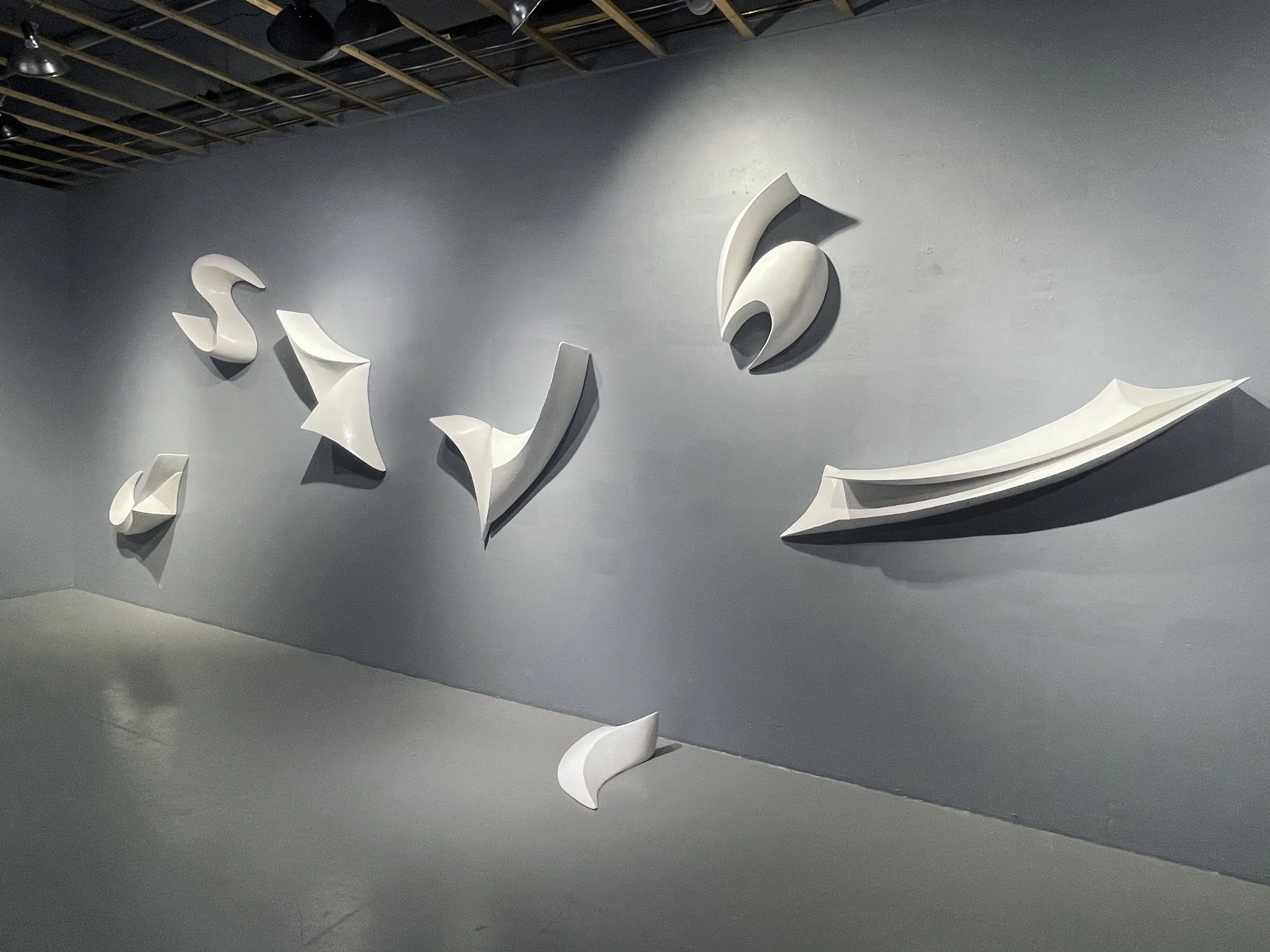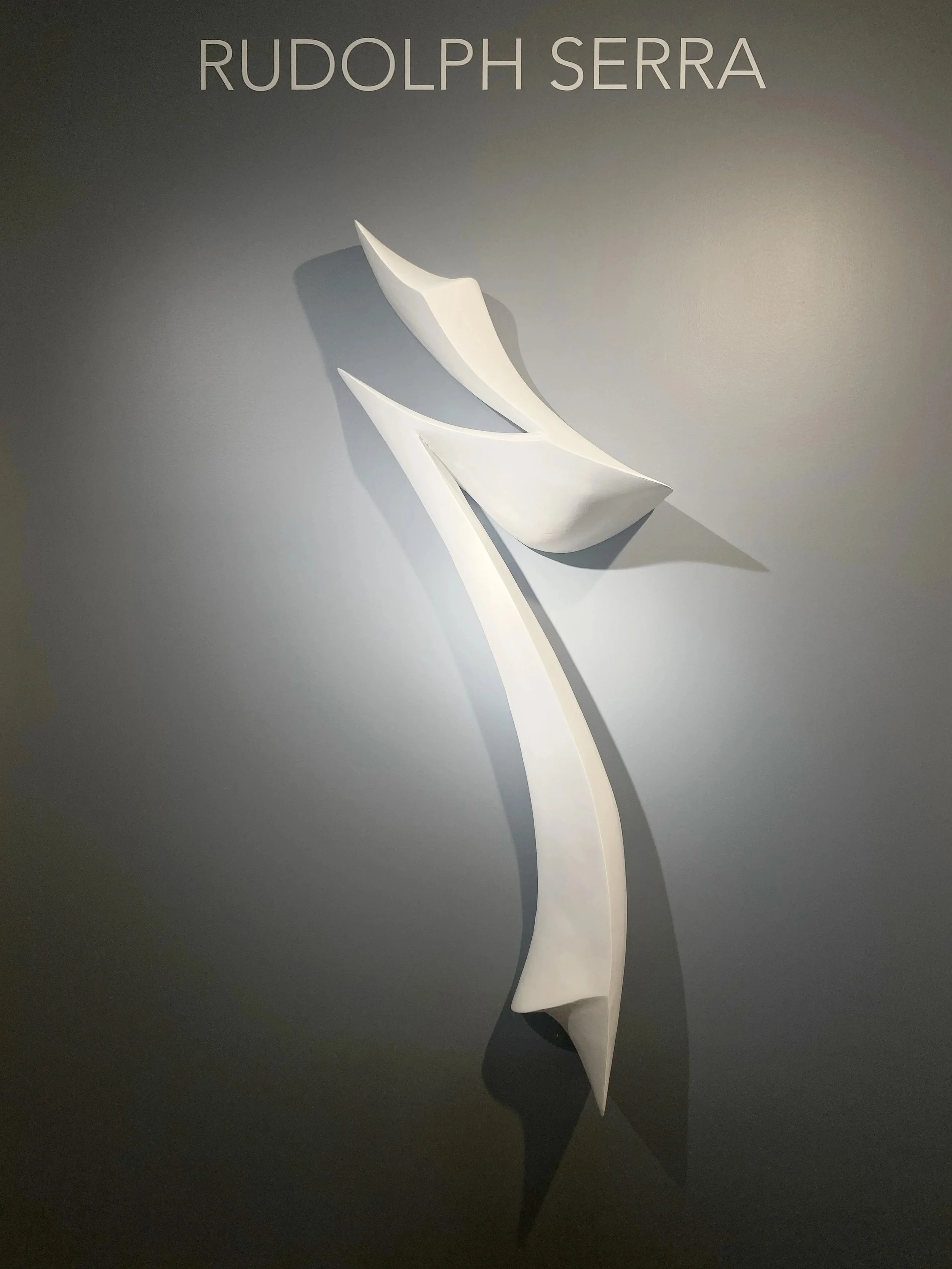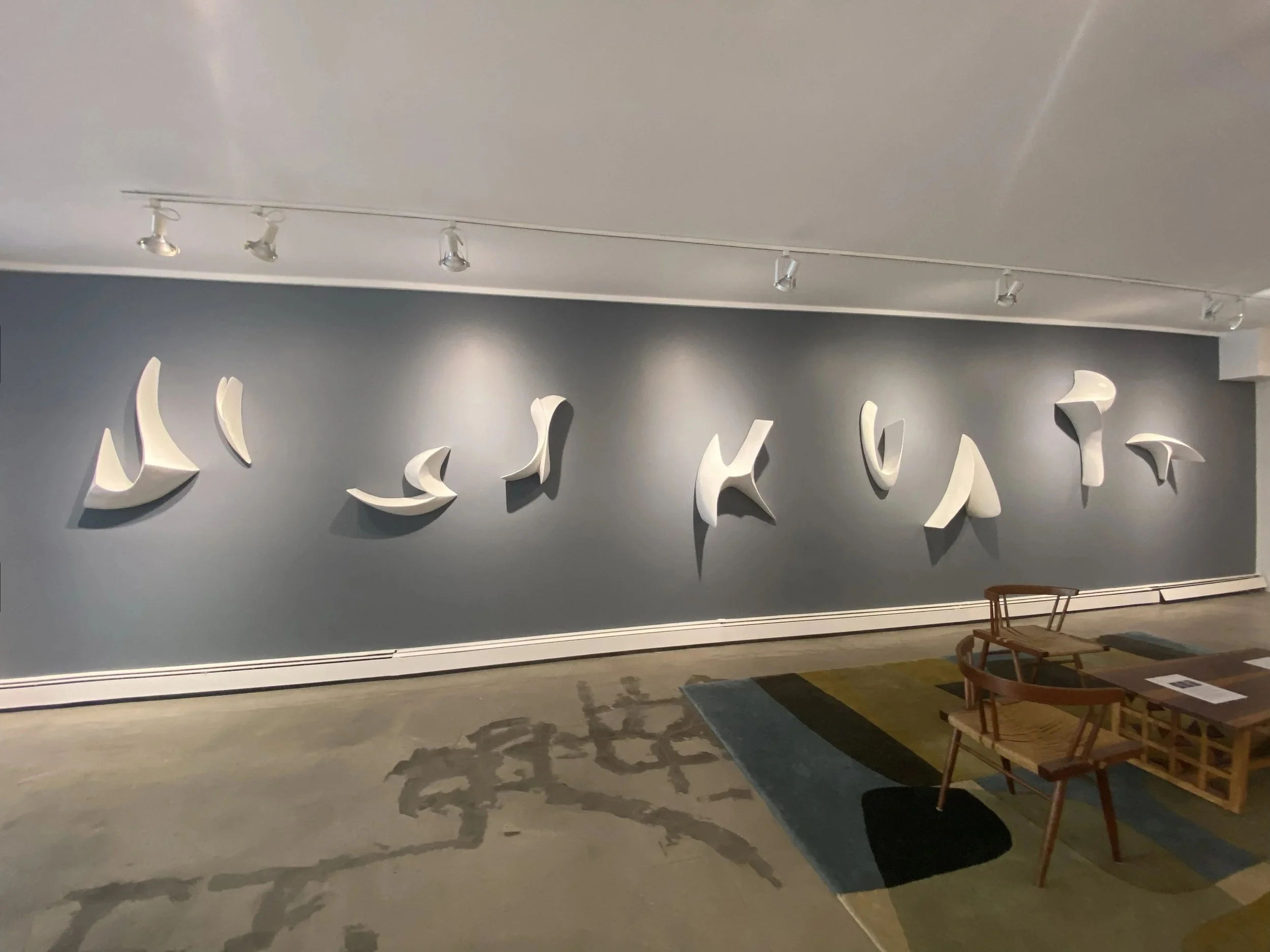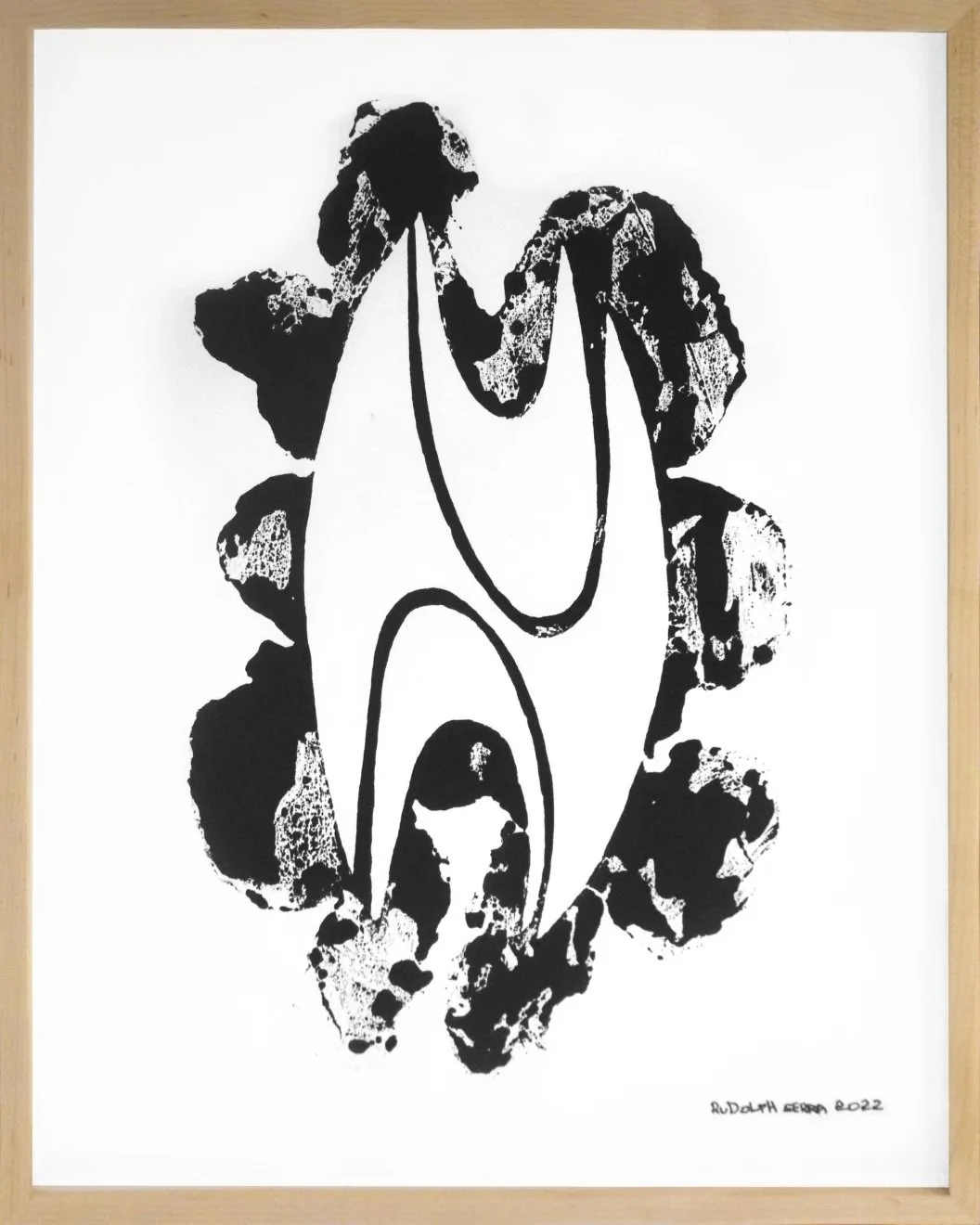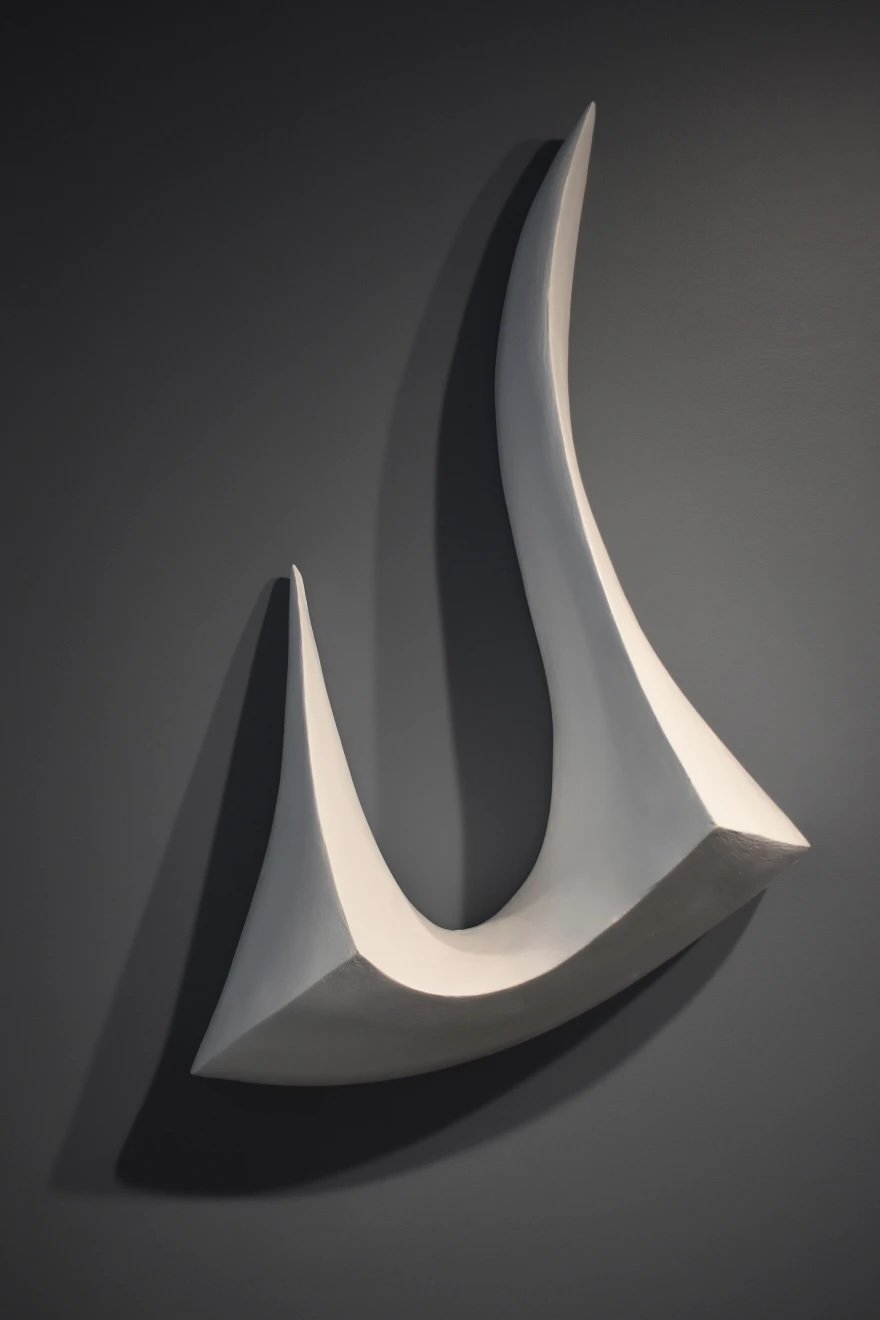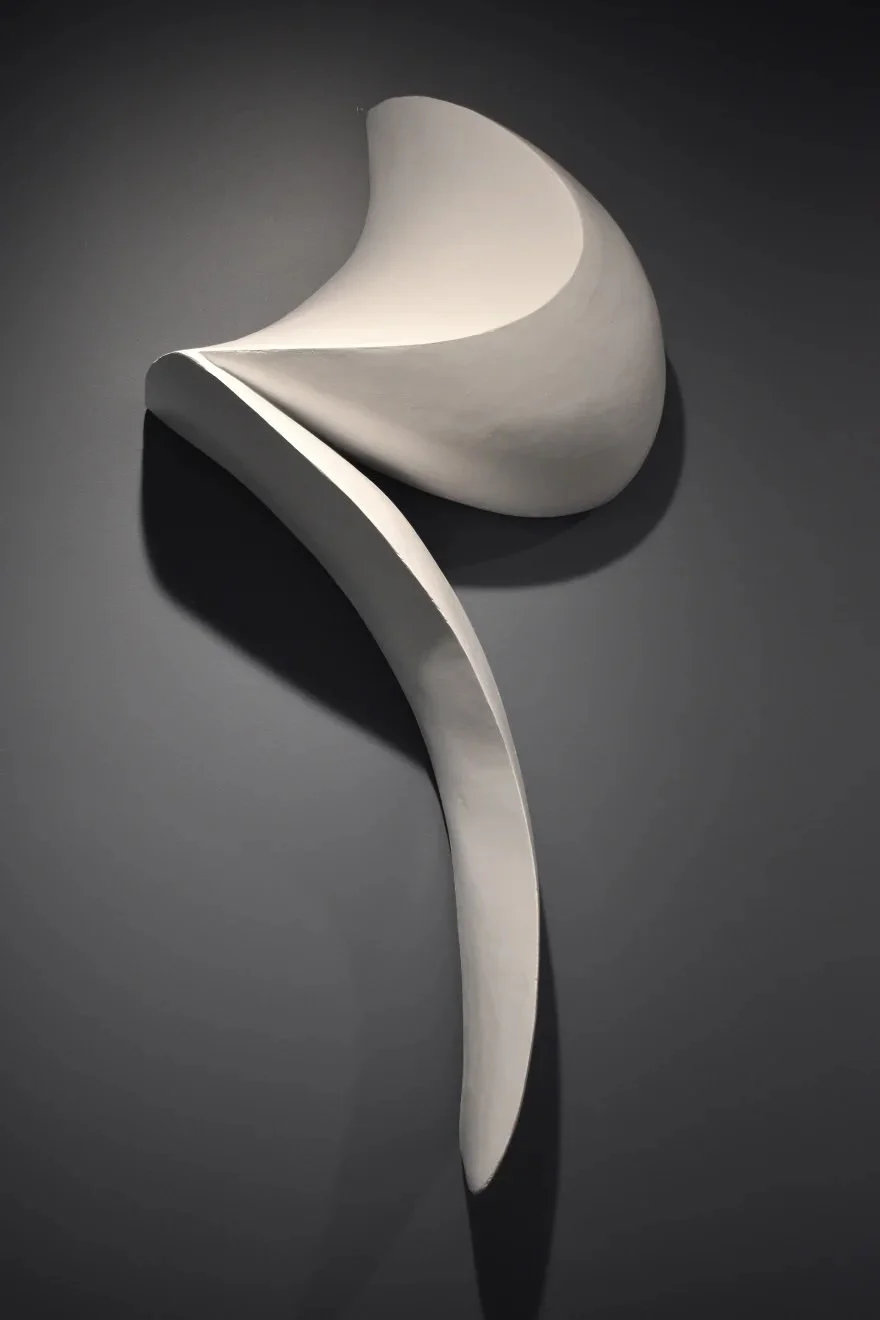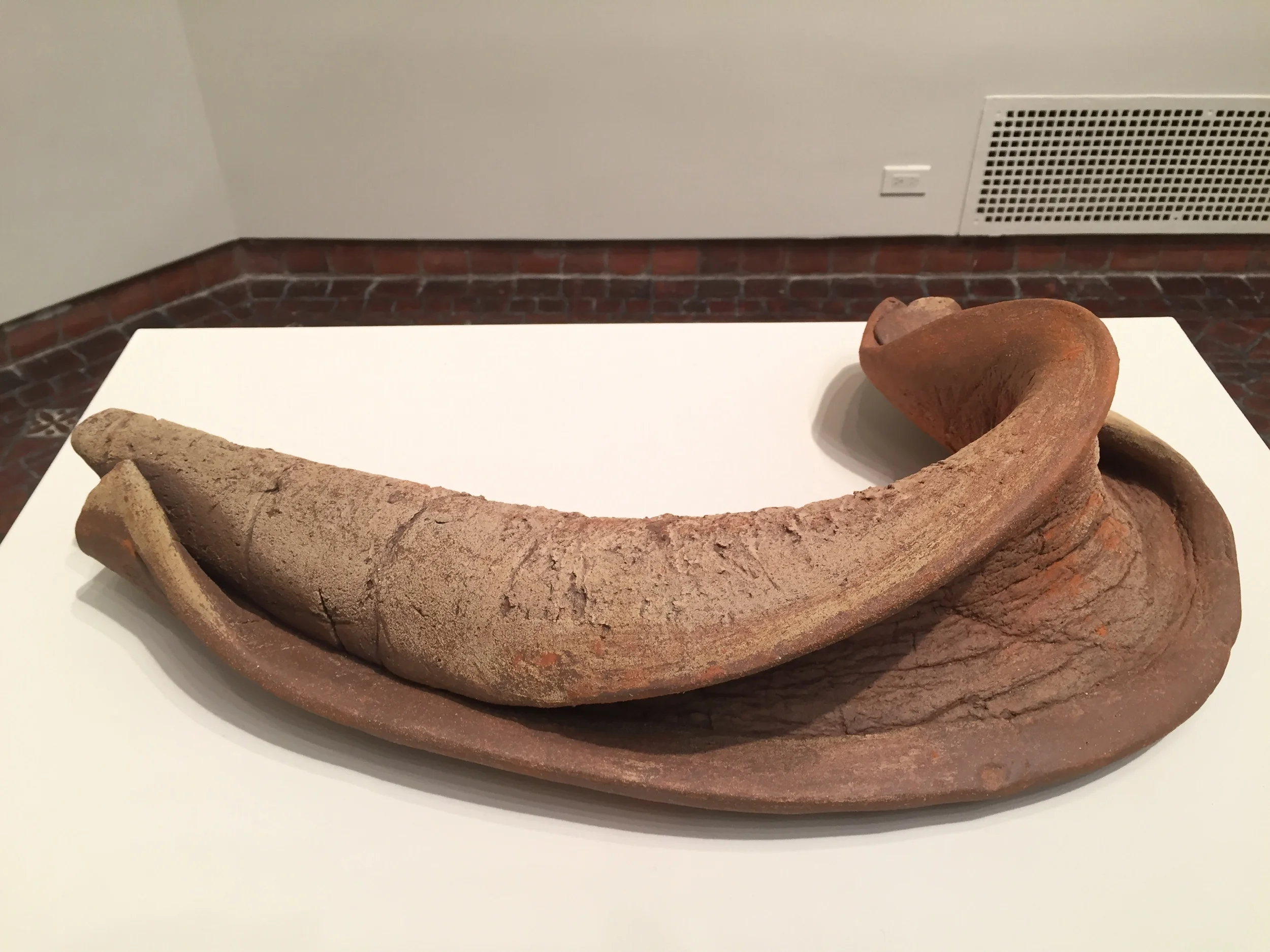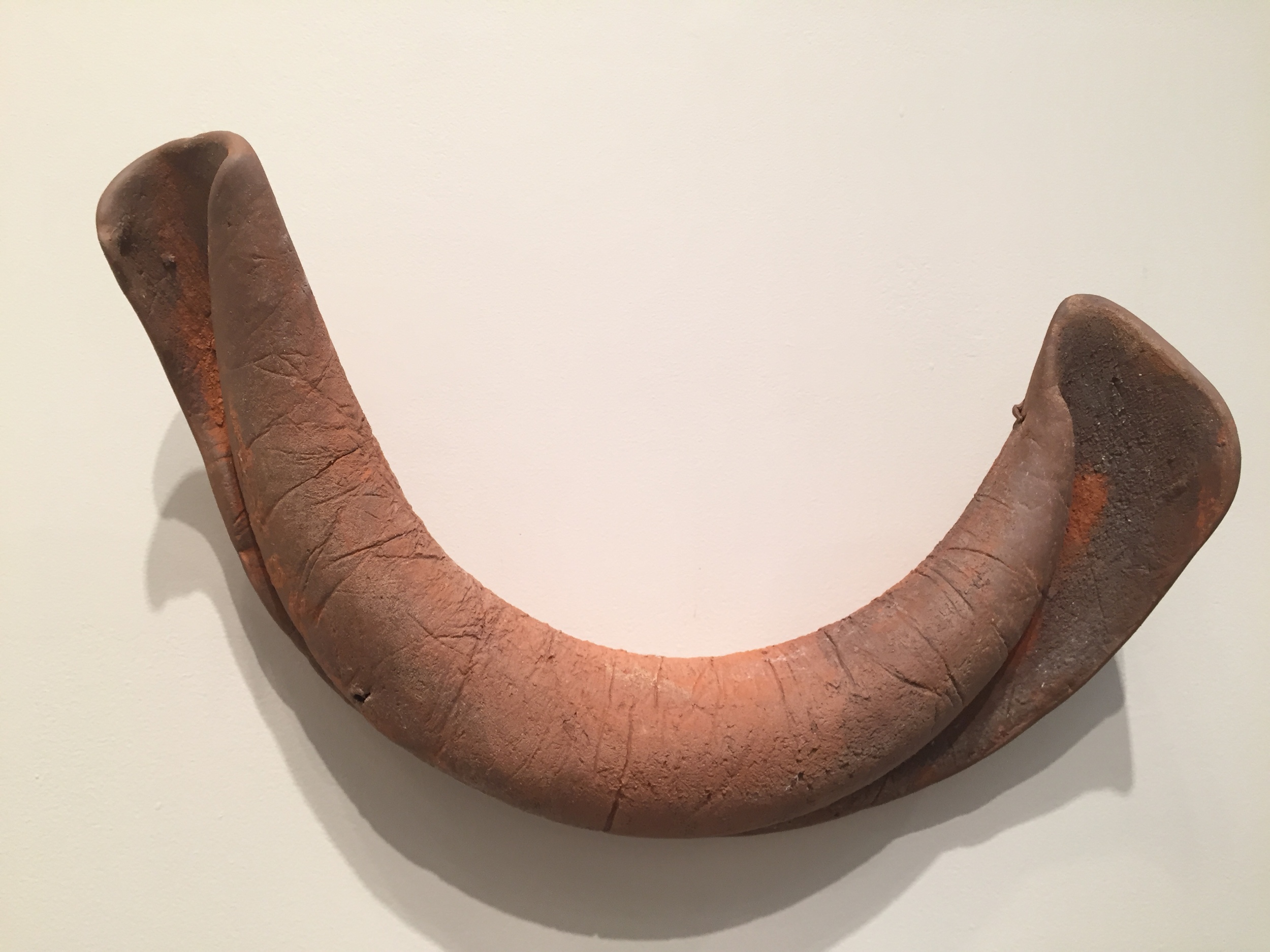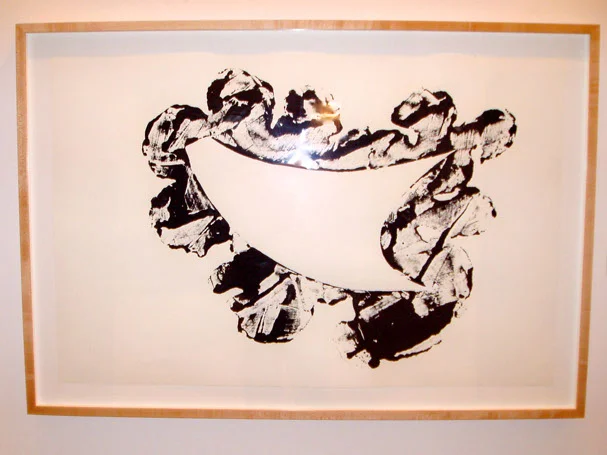May 11 - July 6, 2016. New York, NY.
To view a pdf of the exhibition release, click here.
From the exhibition release: "Rudolph Serra’s approach to art making might be described as the transformation of the earthly material of clay into organic, animated forms whose movement is temporarily suspended. “Growing up in San Francisco near the ocean, early impressions were made by the harsh weather’s impact on the long stretch of beach nearby. The beach would change from a large, horizontal plain to high dunes, to deep tidal pools carved by the back wash of rip currents.” By engaging with the material usually associated with craft, Serra returns clay to its purest form. Oxygen-reduction firing at extremely high temperatures results in sculptures that are varied in color because the inherent qualities of the clay body are pulled to the surface of each sculpture. The artist’s processes of forming and firing the clay lead to constant experimentation with shapes, lines and volumes. Serra’s objects can be seen as three-dimensional drawings. Their folds and contours of rough and smooth surfaces correspond to ongoing transformations in our natural landscapes."
To view the exhibition catalog, click here.
To view the exhibition on Artsy, click here.
STATEMENT
EARLY IMPRESSIONS California — its landscape is like no other. Growing up in San Francisco near the ocean, early impressions were made by the harsh weather’s impact on the long stretch of beach nearby. Always in flux, nature left its strong, calming, soothing imprint. The beach would change from a large, horizontal plane to high dunes, to deep tidal pools carved by the backwash of rip currents. Mountains — rugged and steep, separated by long, wide valleys carved by earthquake faults, existed here differently than in any other place on earth. Deserts — barren, harsh, and nearly lifeless, yet incredibly beautiful, became a backdrop before which I realized both the significance and insignificance of my existence.
ARTIST INFLUENCES
During my early, formative years, the sculptures of our neighbor two doors away — Mark de Suvero — and later those of my older brother — Richard Serra — were impressive, and easy to mimic and emulate. Their sculptures seemed to be built with a kind of dynamic, architectural presence. This offered a language for me to use to construct forms. Yet later, Peter Voulkos was the most influential artist that I would encounter. While I was a graduate student at UCBerkeley, I witnessed Voulkos’ assault on what was then the field of ceramics and pottery. This made a great impression on me. Without question, Voulkos was the best artist, and worst teacher, that I had ever met. Although his work was dependent upon cylindrical forms derived from throwing clay on a potter’s wheel, Voulkos” assertiveness and aggressiveness toward the clay surface and texture was raw, fresh, and seemingly free, This freedom reflected the work of other artists of his generation — the abstract expressionists.
WHY CLAY?
Early in my career, it seemed to me that each material and method of construction, had its constrictions. Welding, as an example, seemed to lead to a putting together of parts into a compositional whole, while casting dictated the replication of a form. Carving prescribed working in a subtractive mode, and a potter’s wheel mandated a cylindrical form. I wanted to find a way to shape, form, and “draw” without a preset of confines. Malleable materials, which I began to work with — plaster, concrete, and asphalt seemed to have more potential. I returned to clay. But I wanted nothing to do with the traditional history of clay: cylindrical forms, glossy glazed surfaces, or sculpted images.
WORKS IN THE CURRENT EXHIBITION
These terra cotta reliefs are the direct outcome — the residue and evidence — of the processes that the clay has been subjected to. They also are, in a sense, three-dimensional drawings. My intention is that the viewer first sees each object’s parameter, and then follows the “drawing” of the gestural folds, edges, crevices, ravines, and gouges that make up the curving contours of each work. The surface coloring, caused by firing the clay at extreme high temperature oxygen-reduction, almost appears to be airbrushed. It is the result of the clay body’s inherent qualities that have been drawn to the surface from within. Although they may appear rough, raw and harsh, the sculptures emit a sense of serenity. They are closer to the shapes and textures of the natural landscape than they are to any western historical works of art.
“From a block of clay, forms have become organic and alive”
